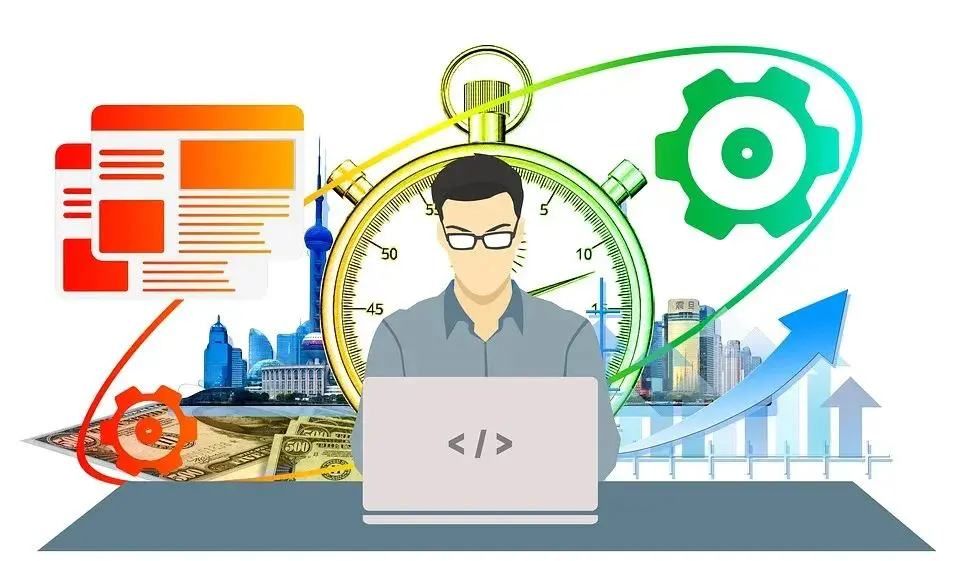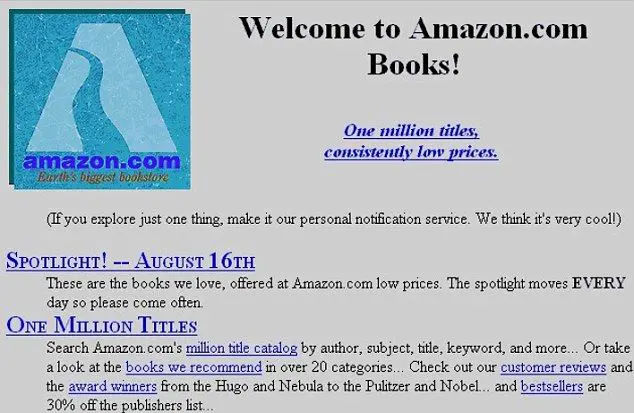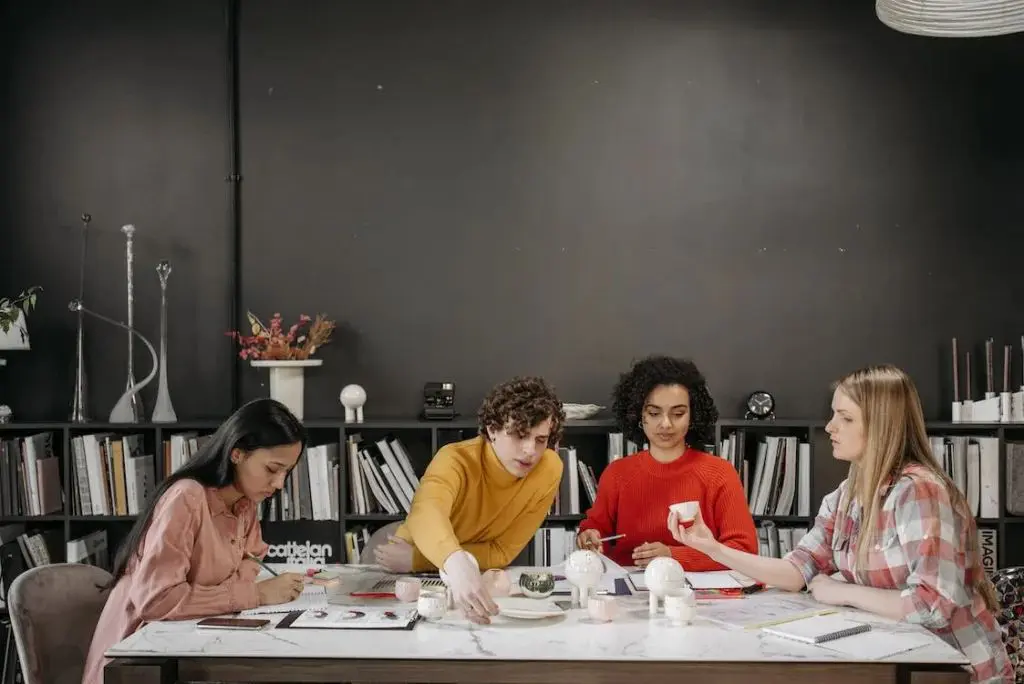Technology has changed and reshaped everything around us. Product development has shifted from minimum viable products to minimum lovable products. Gone are the days when you had to design and create products that served your customers’ needs well. Now you have to do something extra. Excite them and make them fall in love with your offering. Give them a solid reason to choose you over your competitors every time. Achieve customer satisfaction!

What Is a Minimum Viable Product?
As the name suggests, MVP is the bare minimum version of a product that works. You might think it’s the same as a prototype. Well, there are minor differences. A prototype is when your idea takes a physical form. That physical form could either work or not. Here the focus is on giving your idea a form so you can know what it would look and feel like. On the other hand, for an MVP, it must be functional as well. It should be able to do the core task it is designed to do.
Eric Reis, the author of The Lean Startup, describes a minimum viable product as:
the minimum viable product is that version of a new product which allows a team to collect the maximum amount of validated learning about customers with the least effort.
It is a strategy to check where your product stands in the market. The feedback determines your direction. All an MVP does is show you whether people would buy it.
Read More: A Step-By-Step Guide To MVP Development
For Example Amazon

Amazon, in 1994, started as a simple website that allowed people to buy cheaper books online. There were no extra features. It did what it was supposed to do (the good ole’ days). It challenged the traditional bricks-and-mortar model, and look where it has gotten now. It is a giant in the online shopping and cloud hosting categories.
What Is a Minimum Lovable Product?
A minimum lovable product goes beyond the traditional idea of “how do we solve our customer’s problem?” by asking “how do we excite them?”. This makes for an offering that is hard to resist. These products focus a great deal on the UI/UX part.
MLP strategy believes that if a delightful product is offered to the customers, two things happen:
- People use it more
- People share the product with others (best marketing)
Why Is MLP Important?
Markets are becoming more and more competitive. New products are being created very quickly. Many of them are not entirely new. They are improvements to the previous ones. It becomes harder to keep users loyal to your product by just providing a barebones version. Customers shouldn’t be the ones having to tolerate your product, instead wanting to use it.
Let’s take the example of a pizza. What would you choose? A pizza just made to get your feedback or a pizza close to the final version has excellent taste and yummy toppings — the latter. If the market can offer you a better product, you will always go with that. Why even wait for the product in its development?
The strategy of developing a lovable product shows that greater care, love, and dedication are given to creating it. Significant value addition is done. The idea of developing it now and improving it later is abandoned. And it is a good thing.
MVP vs. MLP
MLP is kind of like always doing something that is not expected from you. Take a greater focus on what your customers are and what they want. On the opposite end is MVP, which says not to do extra. Do a little and test it out in the market. The sole focus is to rely on feedback to develop a better product.
Here is a basic overview of the core differences between MVP and MLP:
| MVP | MLP |
| Cheaper | Costly |
| Fast to develop | Slow to develop |
| Customers tolerate your product | Customers love your product |
| Incremental process | Disruptive process |
| Designed to test the product idea | Designed to gain users |
| Do not know what customers want | Know what customers want |
| Less focus on UI & UX | Great focus on UI & UX |
| Used when there is little/no market for an idea | Used when the market has similar options available |
Benefits of Minimum Lovable Products
Here is a list of the best benefits you will get from a minimum lovable product (MVP):
1. Loyalty
The user’s association and appreciation increase when they see the item as practical and adorable. Additionally, an increase in client interaction is watched as the product’s lovability changes. Centering the consideration on the clients advances devotion at each step.
2. Positive Image
The product improves the company’s picture because it reflects its strategy to make a stronger association with the clients. In contrast, its usefulness ought to be addressed for a reasonable item.
3. Generate Funding
The team involved centers on the original strategy while keeping aside the item’s distinctive adaptations. Enhancement within the application of services guarantees the smooth flow of riches, subsequently producing greater funds.
Why Are Companies Resistant to Developing MLPs?
Specific components contribute to a company’s engagement toward an MVP. Most companies don’t need to alter their work fashion and keep doing what they have been doing for some time recently. Other companies don’t feel the encouragement to change. With fewer assets, Little new businesses don’t need to hazard cash and time on something they can’t proceed with in the future.
How to Evolve Your MVP Into an MLP?
Follow these tips to evolve your MVP into an MLP:
1. Focus on the ‘Why’ Part
Tell your clients the story behind your item. It highlights your company’s foundation on how you started to work on the product.
2. Remember to Keep It Minimum
Remember to keep it to a least. The center is presently to dispatch an item that can withstand the changes. Work on adorable highlights and plan a cost-effective thing.
3. Garner a Community
Work to make a great community for your company. The district serves as an exceptional resource. Help your showcasing and HR groups construct a space for your customers.
4. Align Your Dedicated Team
Work together with your setup group from the beginning. After giving your built item to the creators, work with them and provide better ways to handle any issues.

5. Feedback Is the Key
Develop a successful reaction stage by asking the clients what they think about your item and how to improve the benefit. Provide the clients with what they require, and they will take note of the change.
6. Improve and Repeat
As you walk through your travel, keep in view the unstable regions, improve them, and rehash the method.
7. Never Forget Agility
Never disregard being agile for your product’s status. Keep up with your group, keep in intellect the user’s criticism, and make the item superior.
Also Read 5 Interesting Tips for Mobile App Development for Small Business.
Final Words
This blog taught us how to develop a minimum lovable product and the difference between an MVP and MLP. An MLP offers something initially that is enough for users to love a product. MLP is an excellent start for startups to get more customers like their products and earn loyalty. MVP is the complete opposite of MLP because it offers basic features of a product to get user feedback and improve the final version.
FAQs
Why Is MLP More Important Than MVP?
The MLP is more important than MVP because a minimum viable product only offers a viable version of a product to be launched, but the concept of MLP is that customers have to love the product and have a better user experience.
What Is an MVP in Business?
Before producing a product with additional features, a minimum viable product (MVP) is a new product release (or a significant new feature) that is used to confirm consumer needs and wants. An MVP only has the essential features needed to be a workable client solution to shorten development time and effort.



